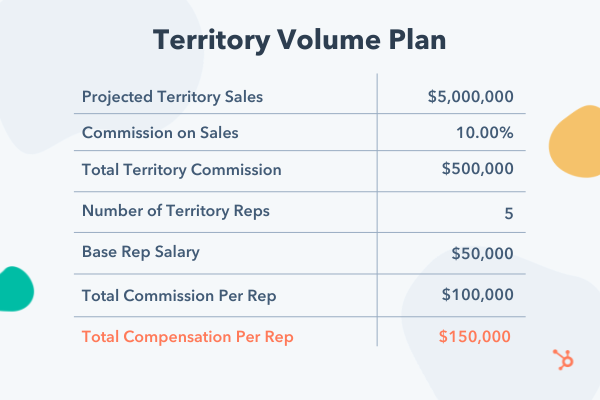

When examining the marginal revenue product, we see the law of diminishing marginal returns since each additional unit of the input yields a lower marginal product and thus a lower marginal revenue product.


If the MRP is less than the MRC, we should employ fewer resources. If the MRP is greater than or equal to the MRC then we should employ the resource. To answer this question, we would compare the marginal revenue product (MRP) to the marginal resource cost (MRC) of $20. Now we can return to our earlier question regarding whether it was worth paying someone $20 per hour (assuming the wage was our only variable cost). Under these market conditions, the marginal resource cost is the price of the input, say wages (w), since the additional cost of employing one more unit of the input is just the price of the input. This is much like a firm in a competitive output market that is too small to affect the price therefore, it is a price-taker. In other words, the firm will not be able to affect the price of the input regardless of the number of inputs employed. In a competitive resource or input market, we assume that the firm is a small employer in the market. It is calculated by the change in total cost divided by the change in the number of inputs. The marginal resource cost is the additional cost incurred by employing one more unit of the input. This tells us something very important, which is, how much this additional input is worth to the firm because of the additional revenue that it generates. So the marginal revenue product is just the change in output that arises from a change in input (i.e. Also recall that Q is the same as total product (TP) the change in TP as the input changes (ΔTP/Δx) equals marginal product, MP (look back to the chapter on production and costs for a quick refresher). This means TR = Q * P, and in a competitive market, price doesn’t change as output changes, therefore it also won’t change when input levels change. Assume that the final good or service is selling in a competitive market, then the marginal revenue is equal to the price of the output.

Let’s simplify this equation so that this outcome is more apparent. Mathematically, it is the change in total revenue divided by the change in the number of inputs (x), which is also equal marginal product times marginal revenue. Marginal Revenue Product is the additional revenue generated from using one more unit of the input. Similar to the concept of marginal revenue and marginal cost, which measures the additional benefits and costs of producing another unit of output, we use the concept of marginal revenue product and marginal resource cost which measures the additional revenue and additional cost from using one more input. what is the value or revenue generated by an additional worker) compared to what it costs to employ that additional amount of input (i.e. These answers depend on the value or revenue generated by using an additional amount of the input in question (i.e. Understanding these concepts enable us to determine how much a firm would be willing to pay for steel on the margin or if it is worth paying someone $20 per hour. Understanding derived demand and the supply of inputs can help us understand how the markets for inputs function, and in turn, how these markets relate to the markets for final goods (i.e. If the demand for cars increases, there would be an increase in the demand for the steel that is used to make cars. Consumers do not directly value steel, in and of itself, but since we demand cars, we indirectly demand steel. The demand for an input or resource is derived from the demand for the good or service that uses the resource. Resources are used in the production of goods and services. We now turn our attention to the demand and supply of resources also called inputs or factors.


 0 kommentar(er)
0 kommentar(er)
